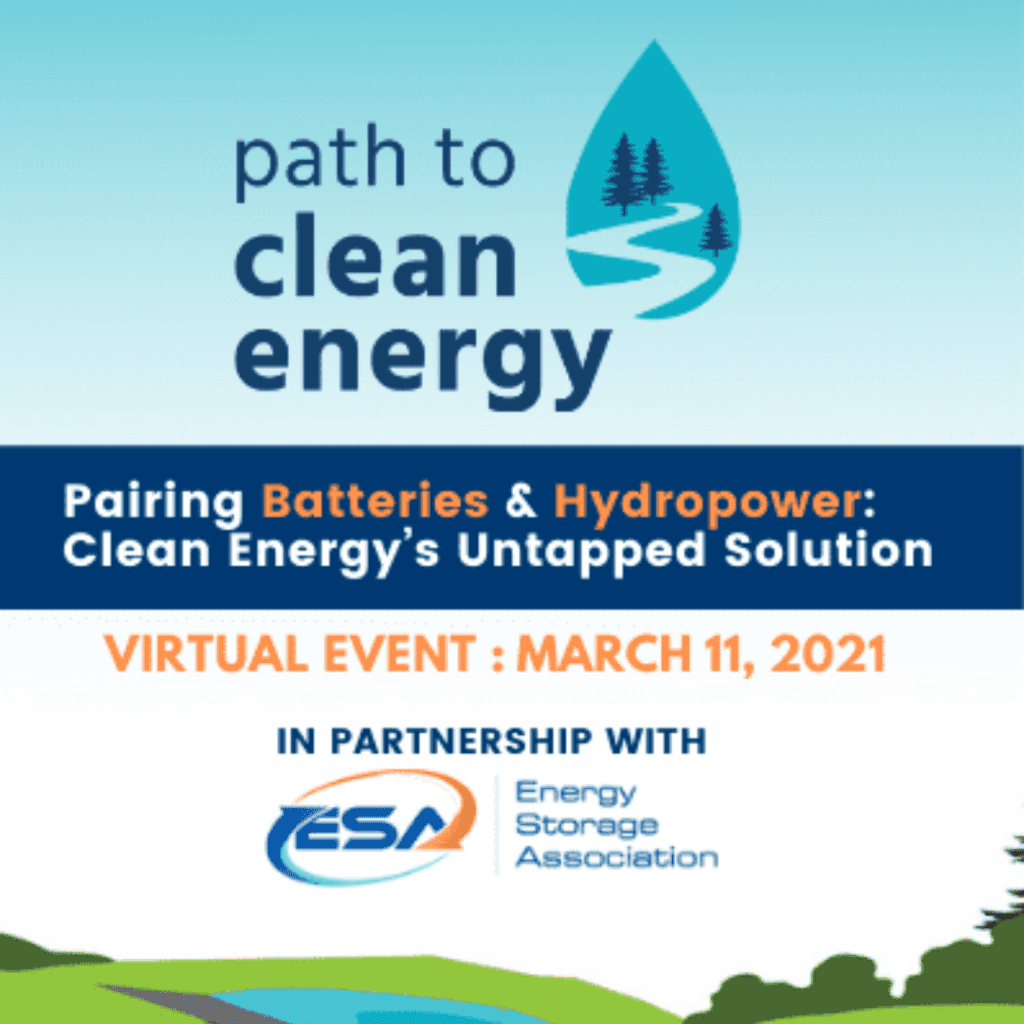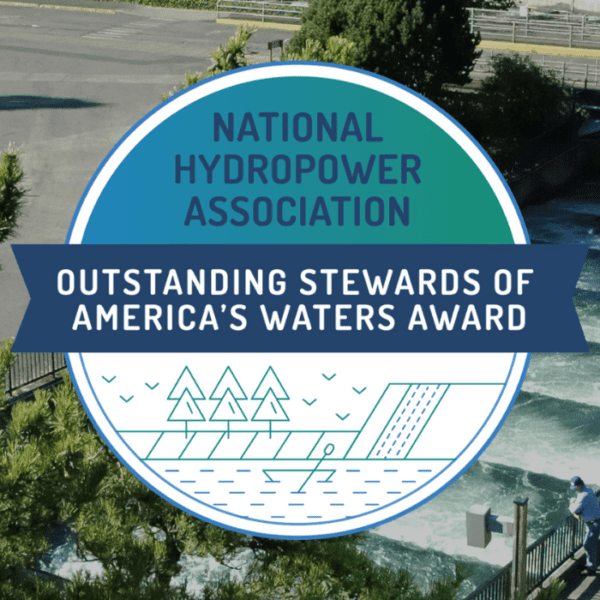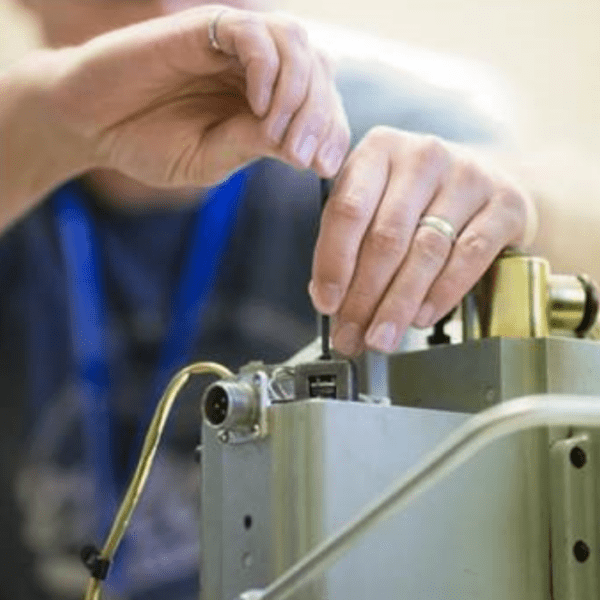Yes, you read this right … pairing batteries and hydropower. The National Hydropower Association (NHA) has teamed with the Energy Storage Association (ESA) to offer an insightful discussion about how adding battery technology in hydro plants can reduce costs, enhance environmental performance and increase grid reliability.
The discussion takes place this Thursday, March 11, at 2 p.m. eastern. Offered virtually, the 1-hour webinar features perspectives from electric utilities, economists, equipment manufacturers, and researchers. There is no charge to attend; register here.
“When we think about energy storage technologies, the choice does not have to be batteries versus hydropower,” says Malcolm Woolf, NHA president and C. “Both batteries and hydropower – especially pumped storage hydropower – have important contributions to make EO in the realm of energy storage.”
NHA and ESA are committed to ensuring policy makers hear the entire energy storage story. While battery storage technologies are growing exponentially year-over-year and receive lots of attention in energy storage discussions, the reality is pumped storage hydropower represents 93 percent of utility-scale storage in the United States.
Thursday’s webinar will highlight how battery technologies and hydropower stations can be advantageously combined. One utility, American Electric Power, knows first-hand the value of this combination. The utility has paired its 21.t-MW Byllesby Hydroelectric Plant in Virginia with 4 MW of battery storage. AEP says this combination enhances the flexibility of the 100-year-old hydro plant so it can respond rapidly to changes in grid demand. The battery system also provides an additional revenue stream to AEP.
AEP won a 2019 achievement award from the Association of Edison Illuminating Companies (AEIC), for this innovative combination. In making the award, the association described the project as a “first of a kind” where a hydroelectric generating facility is paired with a battery storage system to provide grid support, in this case, frequency regulation. According to AEIC, the PJM frequency regulation market includes two types of frequency regulation signals: RegA (slow regulation), and RegD (fast regulation). Combining a conventional generator with a battery and innovative dispatch logic to provide frequency regulation enables the station to provide RegA or RegD service, which AEP is compensated for by PJM.












